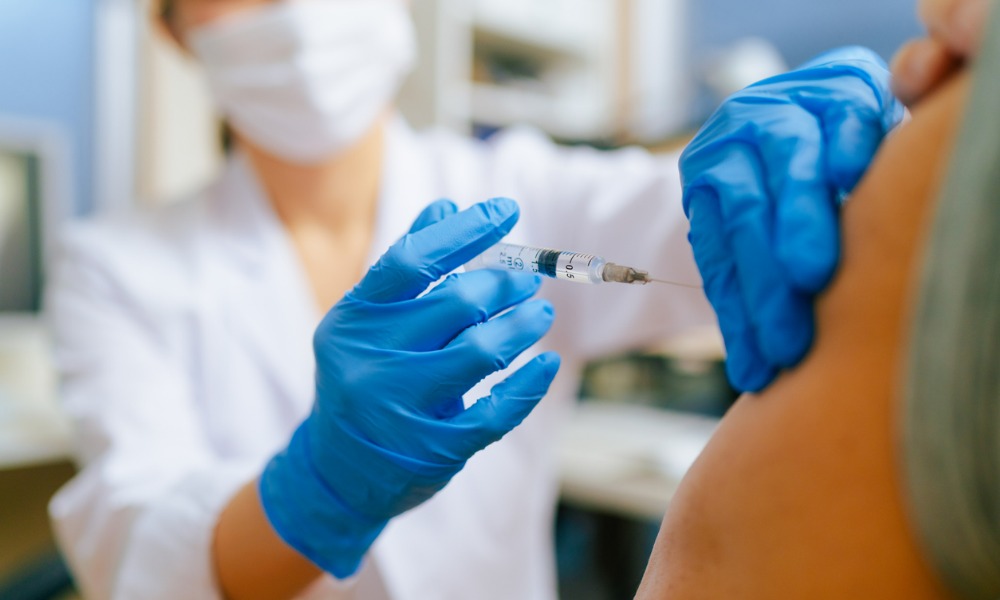NACI recommends one HPV vaccine dose for youth aged 9-20, matching international standards

Canada's federal vaccine advisory body, the National Committee on Immunization (NACI), now recommends a single dose of the HPV vaccine for children and youth, as reported by CBC News.
This change aligns Canada with other countries that have reduced the required doses for young people.
NACI issued new guidance on Wednesday, advising that individuals aged nine to 20 should receive one dose of the human papillomavirus (HPV) vaccine instead of two or three.
Research over the past decade has demonstrated that one dose of this “highly effective vaccine” provides comparable protection against HPV infection and disease among females in that age group, according to NACI.
However, the advisory body continues to recommend two doses of the HPV vaccine for Canadians aged 21 to 26 and a three-dose schedule for people who are immunocompromised or living with HIV.
HPV infection without protection has been linked to various cancers, including cervical, oropharyngeal, vaginal, vulvar, penile, and anal cancers. NACI's guidance states, “Individuals who are 27 years of age and older who were not vaccinated may benefit from vaccination, even at an older age.”
The new recommendations follow the World Health Organization's (WHO) 2022 announcement that a single dose offers “solid protection” against HPV, comparable to two or three shots, based on a growing body of global evidence.
In July 2023, CBC News reported that multiple countries, including England, Ireland, Scotland, Wales, and Australia, had already switched to a one-dose approach.
Caroline Quach, a Quebec-based physician and former NACI chair, remarked, ‘The effectiveness of one dose of the HPV vaccine is actually quite high.” She further noted that one dose or two doses provide essentially the same level of protection against HPV infections that may lead to cancer.
In Canada, the HPV vaccine is authorized for individuals aged nine to 45. However, current immunization coverage among adolescents and young adults varies across the country and falls below the national target of 90 percent, according to NACI's guidance.



